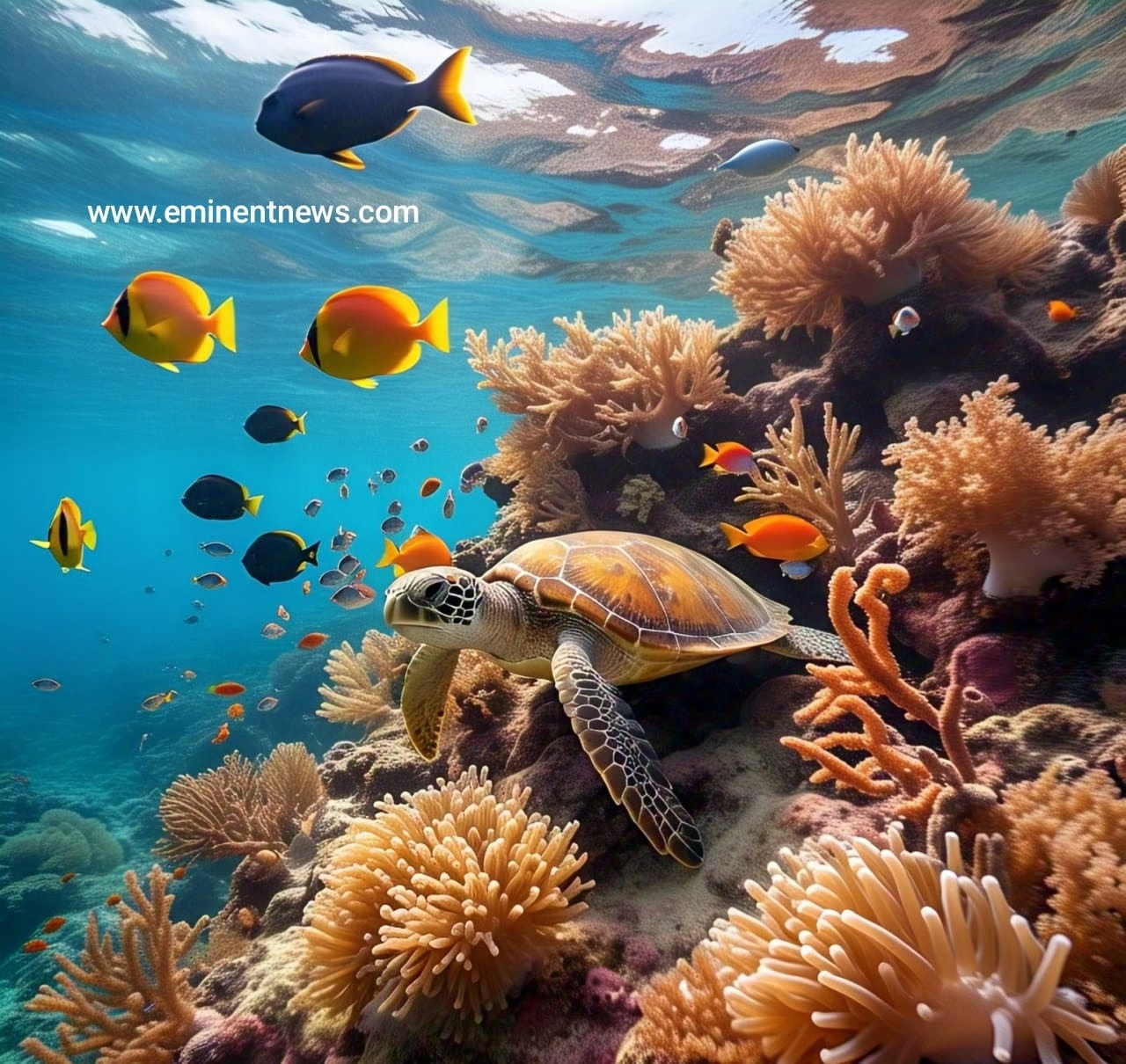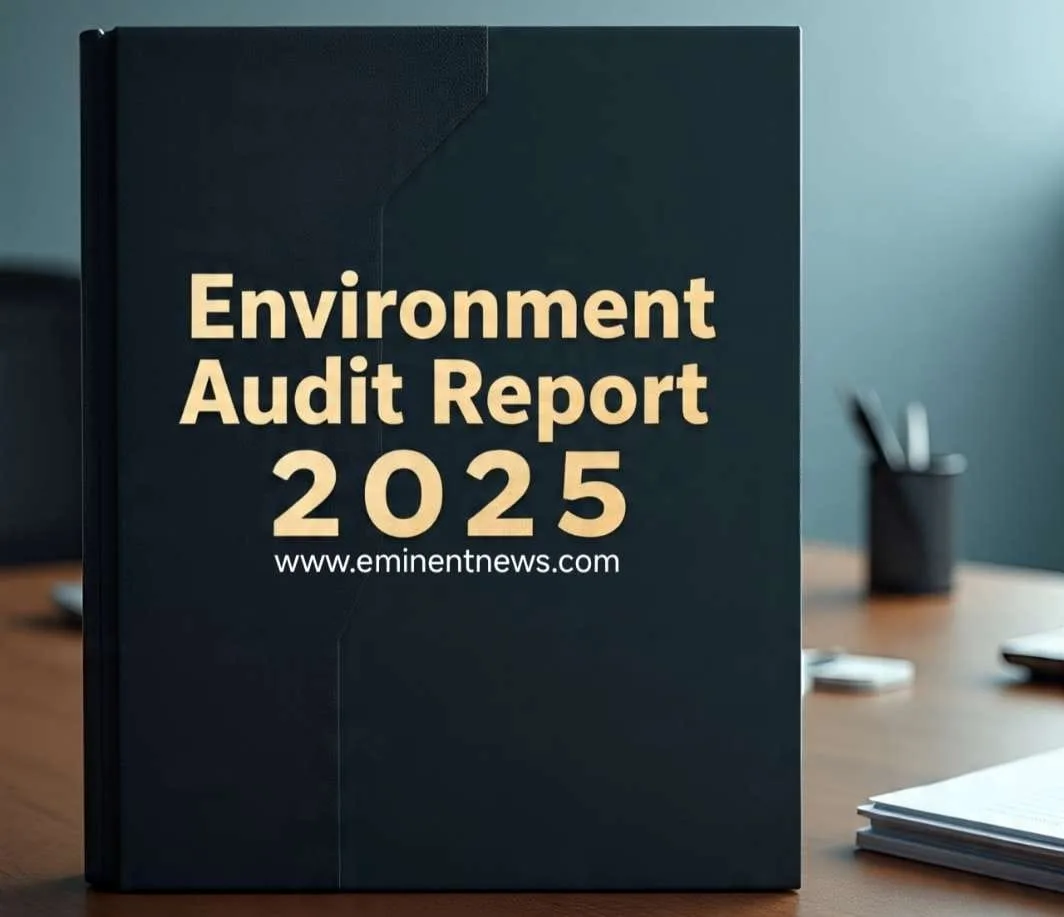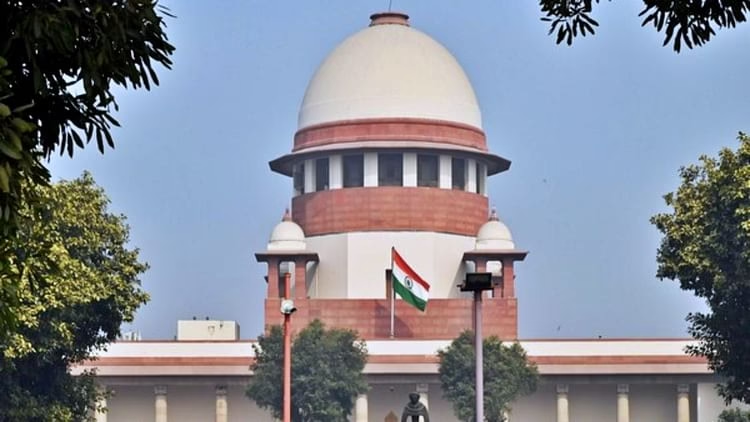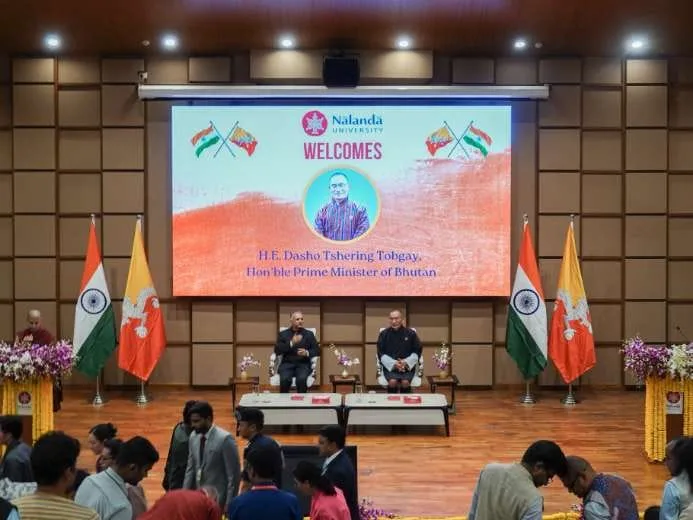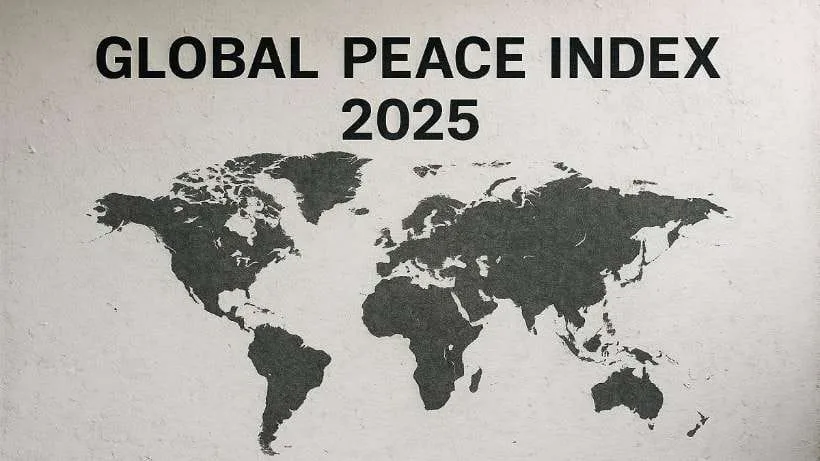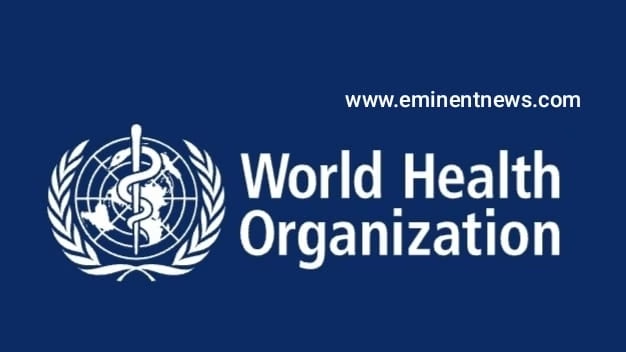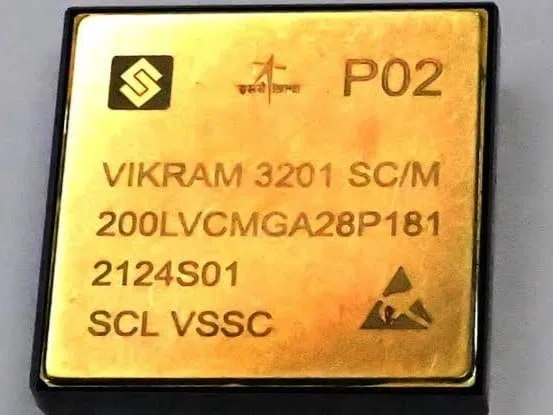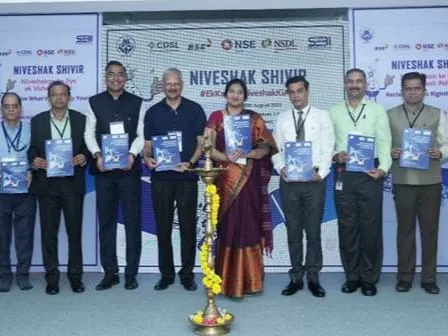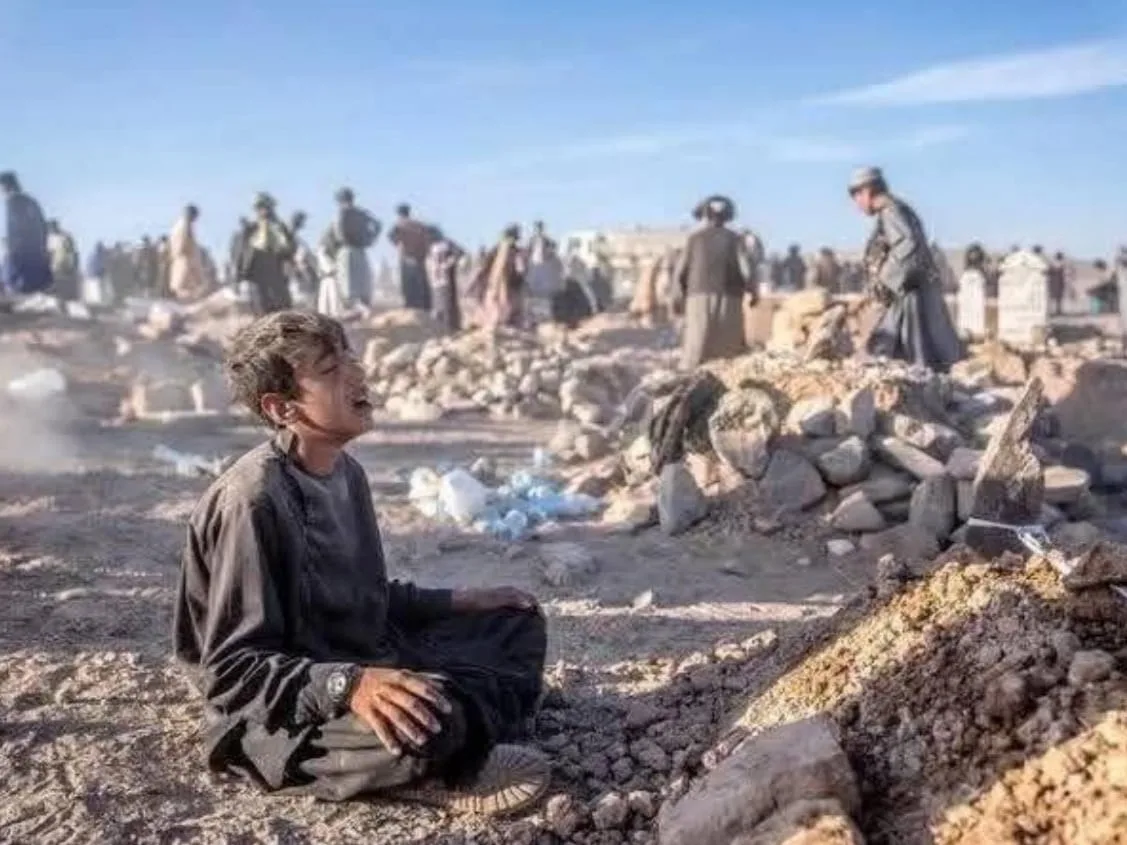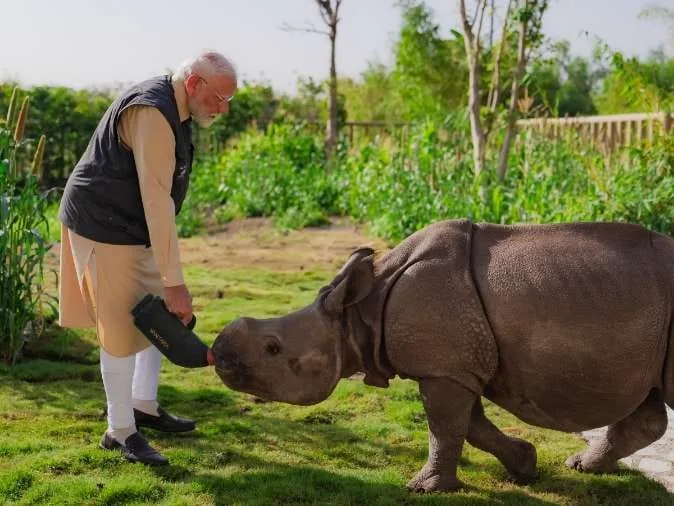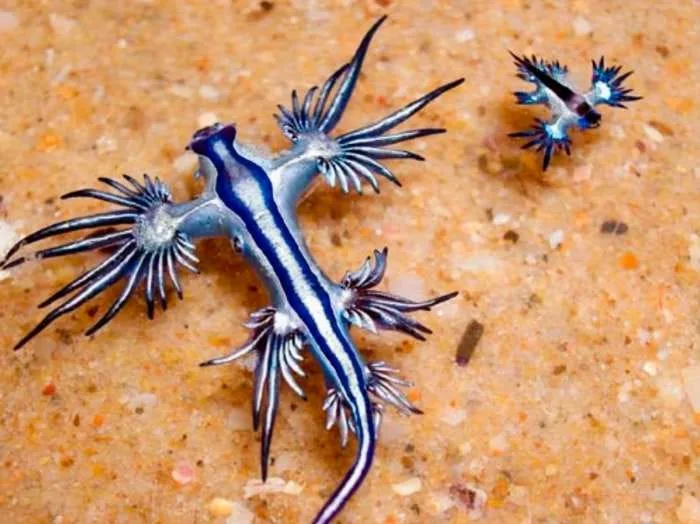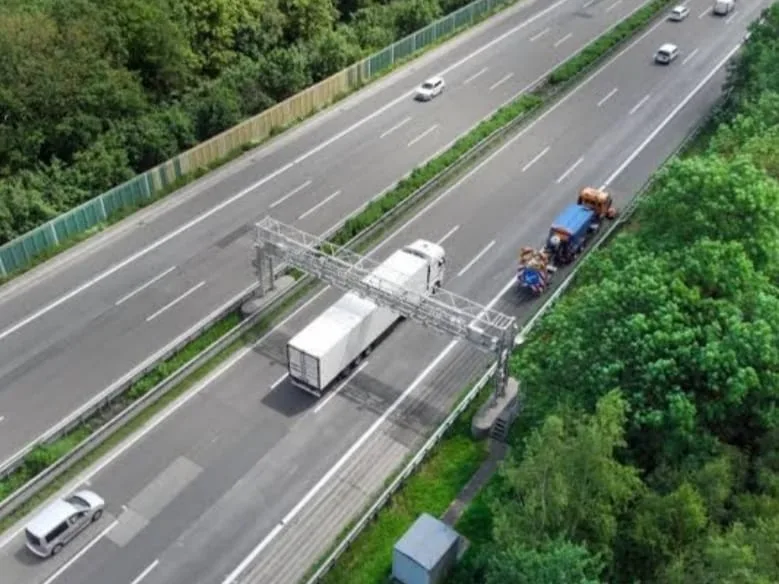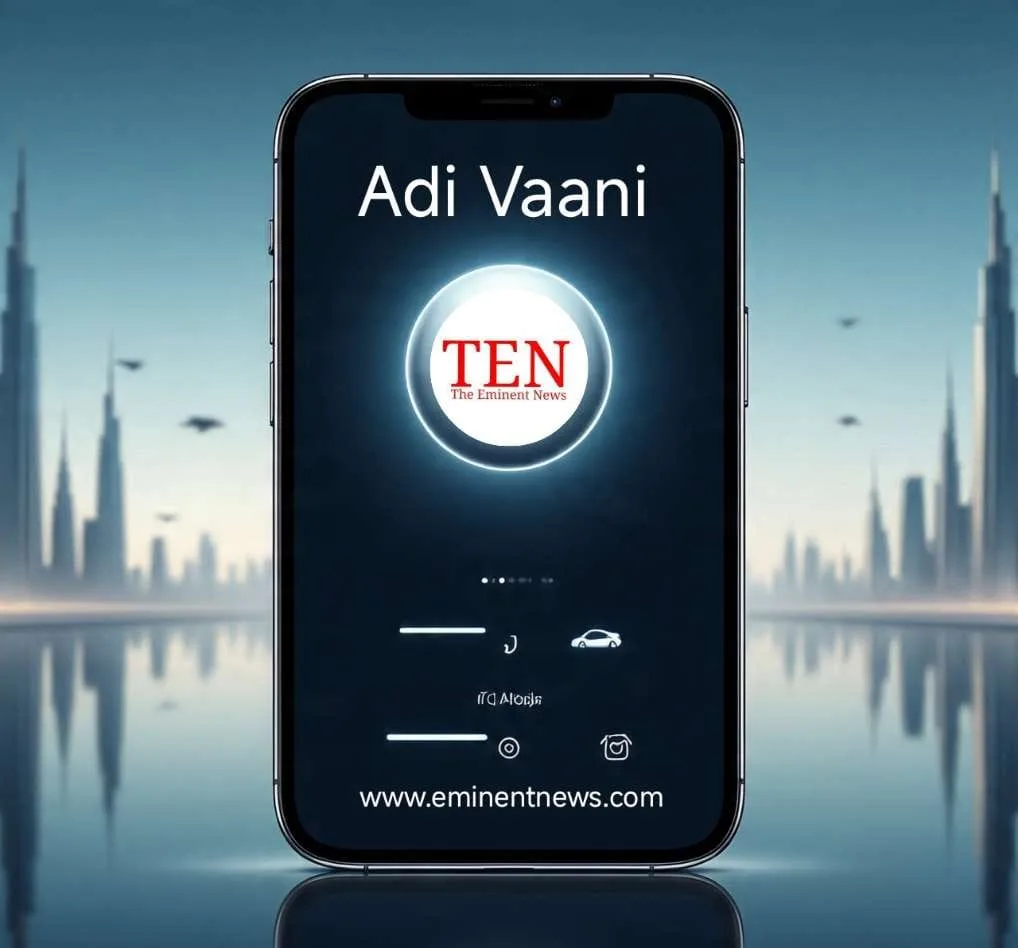India’s blue economy, which involves the sustainable use of ocean resources for economic growth, contributes significantly to the nation’s GDP and overall development .
Key Statistics and Contributions:
- Contribution to GDP: India’s blue economy currently contributes approximately 4% to the national GDP .
- Maritime Trade: It handles 95% of India’s trade by volume through maritime routes, highlighting the critical role of maritime transport .
- Employment: The fisheries sector alone employs millions of people directly and indirectly .
- Coastline: India has a coastline exceeding 7,500 kilometers, spanning nine coastal states and four Union Territories, with 12 major ports and 200 smaller ports .
Key Sectors and Opportunities:
- Fisheries and Aquaculture: India is the world’s third-largest fish producer, with the fisheries sector expected to grow significantly . The Pradhan Mantri Matsya Sampada Yojana (PMMSY) aims to further boost the sector’s sustainability and resilience .
- Maritime Transport: Efforts are underway to make the maritime transport sector more sustainable, including decarbonizing shipping and developing green fuels .
- Tourism: Coastal and island tourism is a key component, providing income for local communities, with a need for eco-friendly and sustainable practices .
- Marine Biotechnology: Exploration of marine biodiversity offers opportunities for developing novel drugs, nutraceuticals, and biofuels .
- Ocean Energy: India’s coastline has immense potential for harnessing ocean energy, including tidal, wave, and offshore wind power .
- Shipbuilding and Recycling: India is promoting shipbuilding through subsidy schemes and aiming to become a leader in sustainable ship recycling .
Challenges and Mitigation Strategies:
- Overfishing: Many fisheries are overexploited, risking long-term sustainability and marine biodiversity. Sustainable fisheries management is crucial .
- Climate Change: Rising sea levels, ocean acidification, and extreme weather patterns pose significant threats to coastal ecosystems and communities. Investments in renewable marine energy and coastal infrastructure are needed .
- Marine Pollution: Pollution from plastics, chemicals, and oil spills continues to degrade ocean health. Enhanced pollution control measures are essential .
- Infrastructure Deficits: Port infrastructure struggles with congestion and inefficiencies, hindering maritime trade. Modernizing ports with green technologies is necessary .
Government Initiatives and Vision:
- Maritime Amrit Kaal Vision 2047: Aims to modernize ports, improve shipping infrastructure, and promote renewable marine energy with a significant investment target .
- Sagarmala Programme: Supports port modernization and coastal community development .
- Deep Ocean Mission: Focuses on deep-sea exploration and the sustainable use of marine resources .
- Blue Economy 2.0: Announced to boost aquaculture and related activities .
- National Policy on Blue Economy: In development since 2021, it aims for the optimal utilization of maritime resources for sustainable development .
Future Outlook:
- Economic Growth: Marine renewable energy, offshore wind farms, and advancements in biotechnology can create new revenue streams . Coastal shipping modal share is expected to grow significantly, reflecting the potential for economic expansion .
- Job Creation: The blue economy can generate millions of jobs, particularly in coastal and rural areas .
- Sustainability: Prioritizing sustainable practices ensures economic growth does not come at the cost of environmental degradation .

